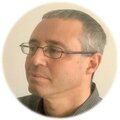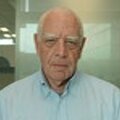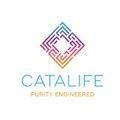
Catalife
54% of funding target
Highlights
Highlights
Unique technology providing clean air
Catalife’s technology is based on compounds of a catalytic substance called bismuth. The material is environmentally friendly and non-toxic. The material can fully decompose organic pollutants using visible light. The substance can also be disinfected by destroying bacteria, viruses, Fungai and more, as the material functions in air, water and on surfaces.
The activity of the material is carried out in visible light and is therefore highly effective, is not harmful to the environment and is not dangerous in any way to human health, with no need of ultraviolet unsafe light and other harmful materials like Titanium dioxide used in existing systems today.
Catalife’s technology provides a solution to significant unmet needs of existing technologies and can be used in air filters of many types of products, such as: Free-Standing air purifiers, air air-conditioning systems and others.
The technology has been proven in a large number of experiments performed in accredited laboratories including tests on a virus that mimics the corona virus.
The company has 3 granted patents and one more in the PCT filing stage.
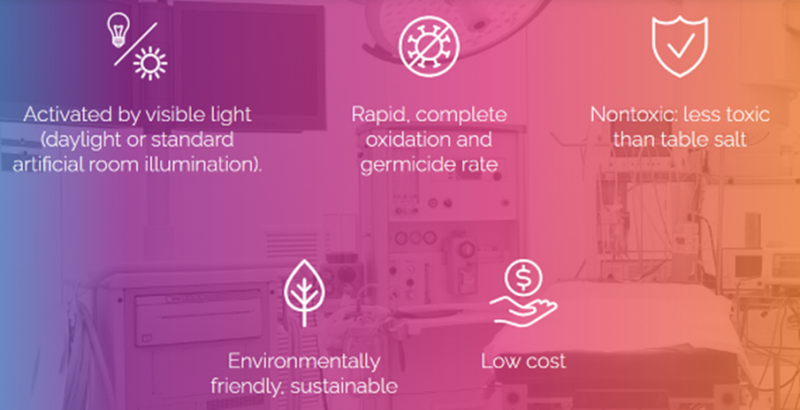
Rising need for disinfected air and vast market potential
The recent year, and the COVID-19 pandemic has demonstrated the strong need for new and more efficient technology and products for purifying and disinfecting the air we breath from pollution bacteria and viruses. Catalife offers a technology platform for the purifying and disinfecting industry, providing clean air for closed places, such as homes, offices, clinics & hospitals, cars, airplanes, and refrigerators (for extending the shelves life of fruits and vegetables).
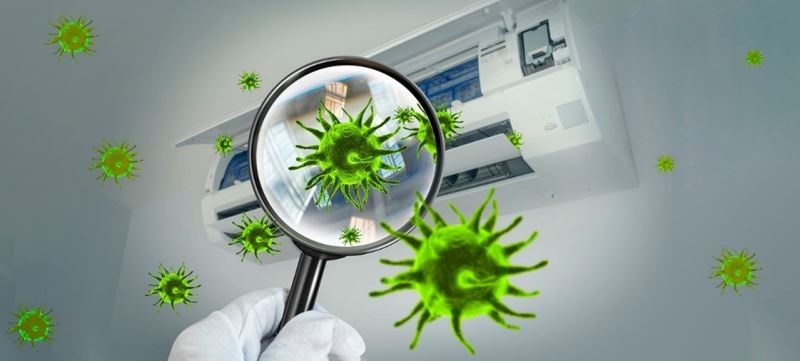
Highly experienced team of seasoned entrepreneurs
Catalife is led by a seasoned team of experienced entrepeneurs and scientists. Together with Prof. Yoel Sasson, Catalife’s Chief Scientific Officer, Dr. Hani Gnayem Catalife’s CTO and Yossi Smoler, Formerly chief of the Open Innovation office with Samsung Israel, the company is led by a team with tremendous expertise and savvy in scientific innovation combined with business acumen.

Participation in prestigious programs and succesful prototypes
The unique technology and materials were developed as part of a research program conducted at the Hebrew University of Jerusalem, Department of Chemistry.
The substances have been tested and proven to be effective against a virus that mimics the coronavirus by Faculty of Medicine of the Hebrew University in Jerusalem.
In addition, and as a result of the company’s potential, Catalife participated in two development programs funded by the Innovation Authority. Moreover, the company has already raised significant ammounts from private investors.

Pitch
Pitch
The issue of air pollution and its dangers has been on the international agenda for many years and rightly so. But the quality of the air in doors, the air in our homes, offices, inside our cars, buses, planes, air terminals and trains, schools, hospitals, and all other enclosed spaces, collectively called in-doors air, has not been adequately addressed. The U.S. Environmental Protection Agency (EPA) estimates that certain pollutant concentrations, such as volatile organic compounds (VOCs), are often two to five times higher indoors than outdoors and may even be up to 100 times greater.
This understanding has become even clearer with the current state of COVID-19 - We know that at this time the air in enclosed spaces carries large amounts of aerosols that carry the virus, a condition that poses a risk to all those present in these spaces. This new epidemic has significantly raised the need for air purification and disinfection systems for enclosed spaces. As a result, the market of air purification and disinfection products and surfaces has grown significantly.
The economic and social benefits of improving the air quality we breathe are therefore clear and necessary.
The need
Persistent Organic Pollutants (POPs), Volatile Organic Compounds (VOCs), bacteria, viruses and other bio recalcitrant micro pollutants are present on air, both indoor and outdoor, and can cause significant damages to human health.
The significant potential damages to human health have become even clearer with the current state of COVID-19 - We know that at this time the air in enclosed spaces carries large amounts of aerosols that carry the virus, a condition that poses a risk to all those present in these spaces. This new epidemic has significantly raised the need for air purification and disinfection systems for enclosed spaces. As a result, the market of air purification products and surfaces has grown significantly.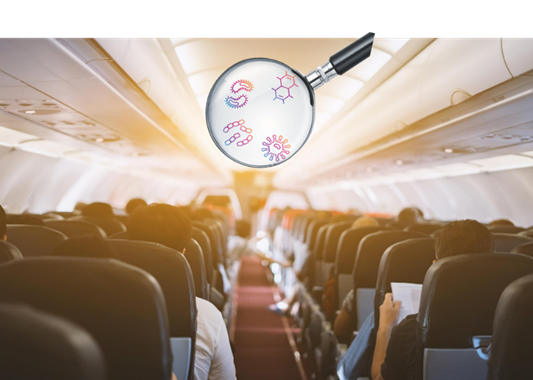
There is a need for a technology that will not only catch the viral materials but will also fully neutralize it, independent from particle size, and whether the filter has been replaced on its scheduled maintenance
Existing filters can filter most particles existing but still a significant number of filters cannot be filtered by the existing filters in industry. Such particles contain some of the most toxic bacteria, viruses, and other microorganisms, which are too small to be filtered. These particles can pass through particle filters as if they do not exist, entering our breathing system, our food and landing on surfaces we all touch on a daily basis.
The problem is not limited to the contaminated air in these spaces. Contaminants, cling to surfaces such as protective medical clothes - coats, face masks and other articles worn by the staff, and survive on these surfaces for periods ranging from hours to over a week. So, while they protect, they also become vehicles of transmission. Therefore, there is an urgent need to develop means to rapidly destroy the virus as it contacts the surface to which it clings or while still in the air.
The solution
Catalife’s technology was invented and developed at the Hebrew University of Jerusalem over an 8-year period, by Dr. Hani Gnayem, Catalife’s CTO, under the supervision of Prof. Yoel Sasson, a leading professor of applied chemistry at the Casali Center of Applied Chemistry at the Hebrew University in Jerusalem.
The material developed by Dr. Gnayem is composed of a highly stable semiconductor, Bismuth Oxyhalides, which exhibits remarkable photocatalytic activity when activated with visible light (daylight or natural indoor lighting).

The flower-like physical structure creates an exceptionally large surface area, resulting in highly improved oxidation and tailing activity even under dark conditions.
Studies conducted by Catalife show that the material's mode of operation is fundamentally different from commercially available photocatalysts due to their extremely efficient charge separation, affecting the amount and lifespan of the electron-hole pairs.
The material is synthesized by means of a simple, low cost synthesis process, performed at room-temperature, and environmentally friendly. Moreover, the material can be synthesized to various morphologies to achieve different performance features and requirements.
The innovative material and cutting-edge technology, ensures air that has been filtered from particle matter, disinfected from viruses and bacteria, and purified from chemical toxins.
?The technology is protected by three granted patents and an additional one, recently applied for.
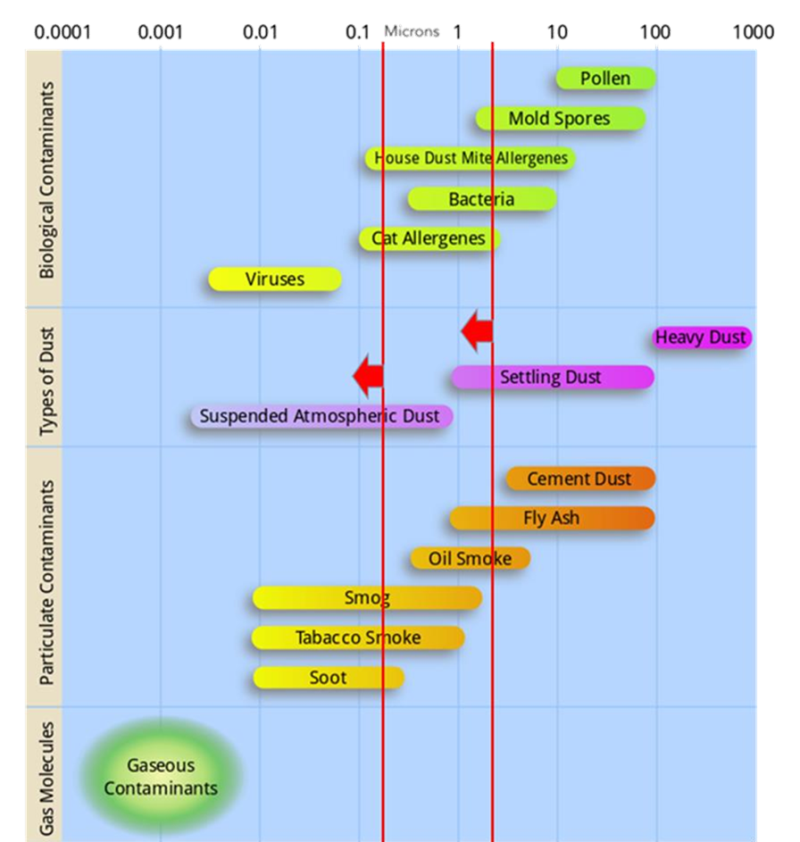
The technology
?Catalife has Developed a unique semiconductor photocatalytic material based on bismuth oxyhalide. The material in non-toxic and environmentally friendly. The material can fully oxidize (break apart) organic contaminants under visible light, and it can also disinfect by deactivating germs, viruses, bacteria, Fungai and more, as it functions in air and on surfaces.
Catalife’s product is based on Photocatalytic Oxidation Technology (PCO), which was originally developed by NASA, and offers the most practical solution for neutralizing airborne biological pollutants, including viruses. The FDA has approved the use of the technology in medical applications. Photocatalysis stands out as the most effective solution for dealing with bacterial and viral contaminants. Unlike bactericidal materials which degrade over time, the efficacy of PCO does not wane with time.
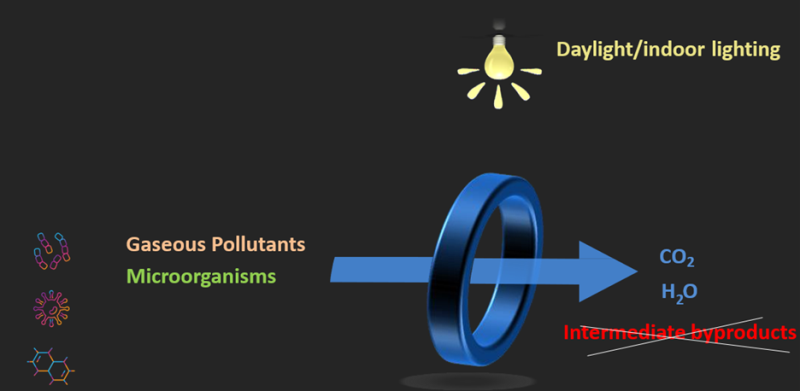
Characteristics of Catalife’s technology
- Activated by visible light - daylight and regular room illumination (does not require hazardous UV light) Catalife is the first to come up with a true, visible light activated protoxidizing material
- Fast oxidation rate (3X to 10X faster than the competing material)
- Can be used in miniscule particles
- Environmentally friendly
- Non carcinogenic
- Nontoxic – Bismuth is less toxic than table salt
- Simple, robust synthesis process
- Low cost
- IP - Catalife’s technology is protected by three granted patents and an additional one, recently applied for
Catalife’s technology is comprehensive, efficient, safe, cost-effective, versatile, and patent protected.
Comprehensive
- Fully eliminates even the smallest pollutants (the same size as the natural components of air itself)
- Neutralizes harmful germs, viruses, bacteria, and fungi
- Effective for in automotive cabin air purification and disinfection
- Effective in residential air purification and disinfection
- Prolongs the shelf-life of agricultural products in refrigeration
- Effective for air purification and disinfection in hospitals, clinics, and laboratories
- Effective for air purification and disinfection in the aviation industry
- Effective for functionally self-cleaning fabrics
- A self-cleaning additive for paint and other materials in the construction industry
Efficient
- Embedded as an antimicrobial and oxidation agent
- Activated by visible, harmless light
- Exceptionally rapid oxidation and disinfection
- Highly effective, even in the dark
Safe
- Non-carcinogenic
- Non-toxic
- Sustainable
- Environmentally friendly - both in production and application
Cost-effective
- A low-maintenance solution
- Can be integrated into common products
- Synthesized in a simple, low-cost process
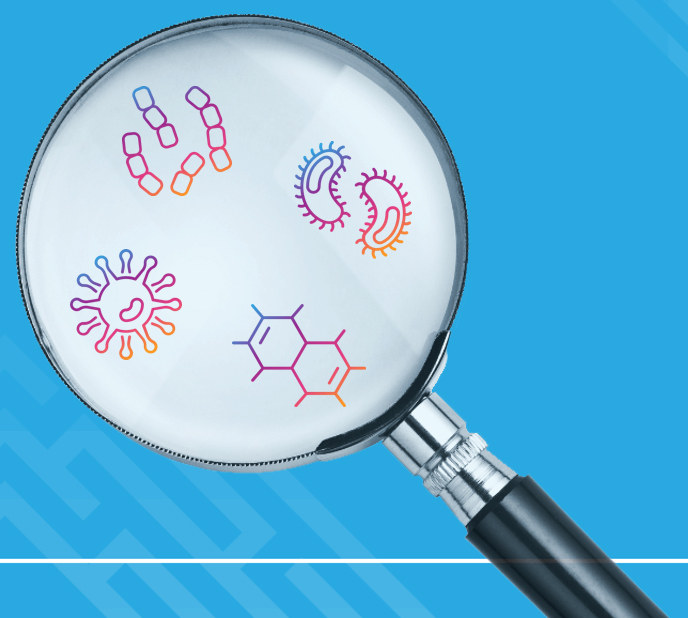
Catalife’s photocatalytic technology for fighting Coronavirus transmission
To address the COVID-19 situation, Catalife tested its antiviral performance against Vesicular Stomatitis Virus (VSV), a virus that has diverse hosts and infects a wide range of mammalian, poultry, and insect cells. The experiment was conducted at the Faculty of Medicine of the Hebrew University in Jerusalem. The photocatalysts demonstrated a clear antiviral activity with results manifested within minutes when the material was activated by natural indoor day light.
Catalife’s basic Products for different applications
Catalife photocatalytic air purification and disinfection system is based on the following main components: Filters, lighting and airflow system.
The company is currently focused on the development of two types of filters:
Ceramic Filter
A highly porous ceramic substrate and embedding our materials on its surface. The filter demonstrates exceptional oxidation rates, 3X-10X faster than competing products.
The product is targeted at home purification systems, home refrigerators, industrial refrigeration systems and more.
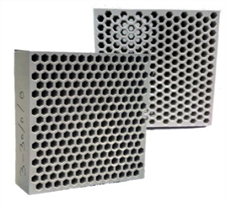
Non-woven based filter – Universal filter
A general-purpose filter based on a non-woven substrate embedding our unique material complementary to particle filters. The non-woven embedding greatly enhances surface are thereby improving oxidation performance and expanding its target markets to hospitals, AC filters, airplane ventilation systems, automotive AC filters, home air purification systems, industrial HVAC systems and many more.
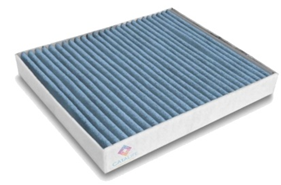
Team
Team
|
During the last 20 years, Raz has been involved both as an entrepreneur and a manager in a variety of startup companies. He is an experienced executive with an emphasis on creating and executing business and marketing strategies and developing products mainly medical and B2C. Raz served as the CEO of Backlife for more than 10 years and led it to millions of sales of products around the globe. Raz holds a B.A. in Psychology and an MBA both from the Tel-Aviv University.
|
|
PhD in Applied Chemistry, from HUJI. An inventor holding 4 patents and over 10 peer-reviewed papers. Specializes in the fields of applied nanomaterials, semiconductors development and sol-gel technologies
|
|
A professor (emeritus) of applied chemistry at HUJI. Has published 270 articles and reviews and 50 patents in these fields. A founder of 5 start-up companies
|
|
An industrialist and an entrepreneur for 40 years in South Africa. An angel investor and a board member in several Israeli start-ups for the last 10 years.
|
|
Formerly chief of the Open Innovation office with Samsung Israel; Technological Incubators Program Director, IIA. Prior to that, CEO of various hi-tech companies in Israel and overseas
|
|
CEO of Armenta. Over 20 years of executive experience in biotech, MedTech and aggrotech companies, leading them from seed to IPO
|
